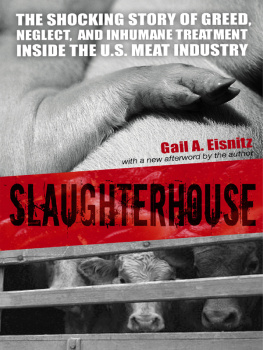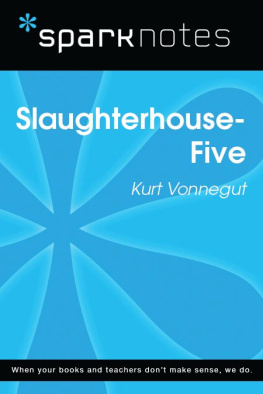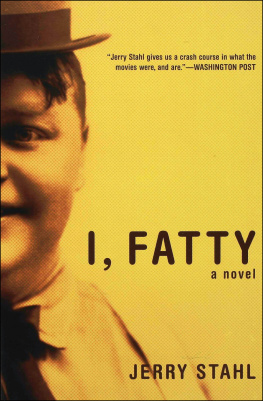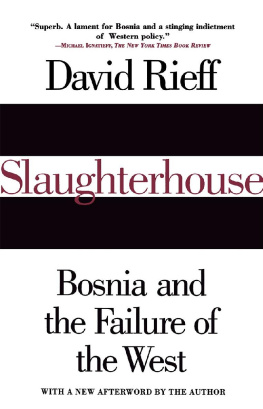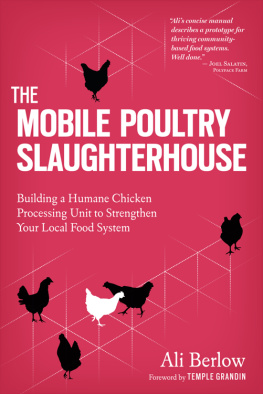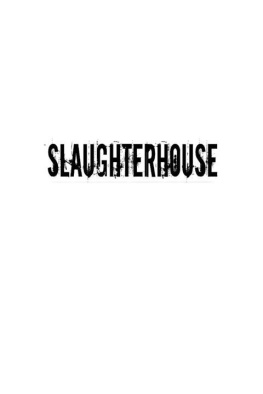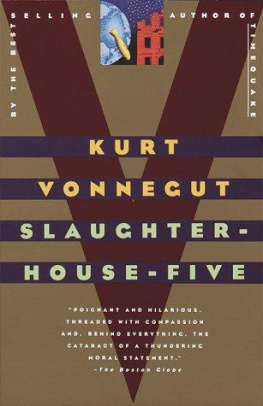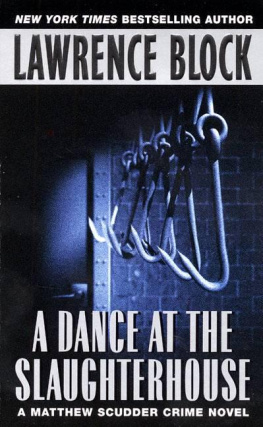
I would like to express my heartfelt thanks to several individuals without whom this book would not have been possible. To Bradley Miller and the entire staff of the Humane Farming Association, I am indebted to you for your guidance and for providing the means to turn this slaughterhouse investigation into a book. To Suwanna Gauntlett and the Trustees of the Barbara Delano Foundation, thank you for your unwavering support of this project.
I would like to express my sincere gratitude to Prometheus Books Editor-in-Chief Steven L. Mitchell for having the foresight, courage, and commitment to champion this controversial issue. I am also genuinely appreciative to Associate Editor Mary A. Read for her sensitive nurturance of this book through the editing process.
To my parents, sister, brother-in-law, and nieces Jessica Whitney and Amanda Rachel, thank you for holding my hand and encouraging me through what seemed to be an endless project and the medical nightmare that ensued. To Scott McVay and the Geraldine R. Dodge Foundation, my sincere thanks for ensuring that this material reaches the largest audience possible. To my friends Lisa Landres, Carolle Yamada, Connie Cosler, Bob Baker, and Ellen Truong, I could not have done it without your support.
To friends and colleagues Dr. Stephen M. Kritsick, DVM, and Jolene Marion, Esq., who, although no longer with us, dedicated their entire lives to improving the plight of animals, you have served as an inspiration for me.
And finally, my deep-felt gratitude goes out to all the courageous slaughterhouse employeesmen and women, corporate and federal workerswho warmly welcomed me into your homes and lives, patiently answered my innumerable questions, and allowed me to tape-record our many conversations. I am profoundly grateful to you for your brave willingness to go on record on tape and in affidavits, putting your jobs at great risk, so that the public might someday know what takes place behind the closed doors of America's slaughterhouses.

I've been extremely busy since the publication of Slaughterhouse in 1997. Since the book's publication, my interviews have run on over 1,000 radio stations across the United States. Newspaper stories have reported the atrocities not only throughout the United States, but also in India, Australia, France, Germany, Poland, Romania, and other countries around the world.
Working with the Humane Farming Association (HFA), I proceeded to document more violations at slaughterhouses. One in particular, an IBP, Inc. plant in southeast Washington Statetoday owned by Tyson Fresh Meatswas the source of a massive investigation in early 2000. There, I worked with more than two dozen Latino employees, among the most courageous people I've ever known. They all signed sworn affidavits describing how, for decades, they had been forced to skin and dismember hundreds of thousands of fully conscious, live cows at the beef plant owned by the largest meat producer in the world. The line speed at their plant had almost tripled in twenty years.
Workers open the hide on the legs, the stomach, the neck; they cut off the feet while the cow is breathing. It makes noise. It's looking around, said one worker. Cows can get seven minutes down the line and still be alive. I've been up to the side-puller where they are alive. All the hide is stripped out down to the neck there, said another.
Their eyes look like they are popping out. I feel bad that I have to do my job on them, explained a third.
Sometimes they go pretty far. Sometimes they have all the skin out and they're all peeled. Sometimes you can tell they're alive because when you look at their eyes, you can see the tears of a cow. And their eyes are moving and everything. But mainly they just make a lot of noise and are trying to kick, described another.
I've seen thousands and thousands of cows go through the slaughter process alive. If I see a live animal, I cannot stop the line. Because the supervisor has told us that you have to work on a cow that's alive.
One brave worker shot hidden camera videotape inside the operation. Here are some of the violations of state and federal laws that were caught on tape:
- Struggling cows were hoisted upside down and butcheredwhile still alive.
- Cows were repeatedly hit with ineffective stunning devices.
- Cows were trampled as workers forced other cows to run over them in the kill alley.
- A disabled cow was chained at the neck and dragged from the kill alley into the knocking box.
- A cow was tormented and repeatedly shocked with an electric prod. Workers were shown shoving the electric prod into the cow's mouth in order to keep the production line moving swiftly.
HFA conducted a press conference and ran full-page ads in Seattle newspapers, and a Seattle television station exposed the violations by running twenty-five segments on the story.
As a direct result of our action and the public outcry generated by the widespread media coverage, the governor of Washington initiated a investigation. As the NBC news affiliate in San Francisco reported while covering the story, This is the first time in U.S. history that a governor anywhere has called for a full-scale investigation of slaughterhouse practices.
Adding additional weight to our effort was the fact that the National Joint Council of Food Inspection Locals, representing more than 7,000 USDA meat inspectors, joined with HFA in seeking charges against IBP. Never before had federal meat inspectors joined with an animal protection organization in calling for a criminal investigation of a slaughterhouse.
This sent a powerful message to the public, media, and lawmakers. The USDA's own inspectors were publicly announcing that they were unable to enforce the Humane Slaughter Actand they were calling for state government to step in and enforce the state's humane slaughter laws!
Law enforcement authorities concluded publicly that criminal activity had occurred at the plant. In the words of the prosecutor, It's pretty clear from the videotape and the interviews done by the State Patrol that there was criminal activity [at IBP]. Still, he refused to file charges against the slaughterhouse, instead blaming the very workers who had reported the violations in their affidavits in the first place! In short, the situation at IBP is not only a case study in the institutionalized abuse of animals, it is also a study in just how far some state officials are willing to go in order to avoid prosecuting the world's largest meat company.
Despite the state's refusal to prosecute IBP, I worked with NBC's Dateline on the IBP story for fourteen long months. Dateline correspondent Lea Thompson traveled to Washington State and conducted an unprecedented interview with a dozen of the slaughterhouse workers who all admitted on camera to skinning and dismembering cows alive for years. Then the executive producer of Dateline decided the story was too disgusting and refused to air the report.
The case did, however, open the door for even greater exposure of offenses at this slaughterhouse and others across the United States.
Congressional Response to Slaughterhouse Expos
For several years, I had been trying to convince a Washington Post investigative reporter to write a feature on slaughterhouse cruelty, and this was the case that sparked his interest. We provided that reporter with evidence from IBP, along with numerous documents and witnesses from other slaughterhouses across the United States. The
Next page
